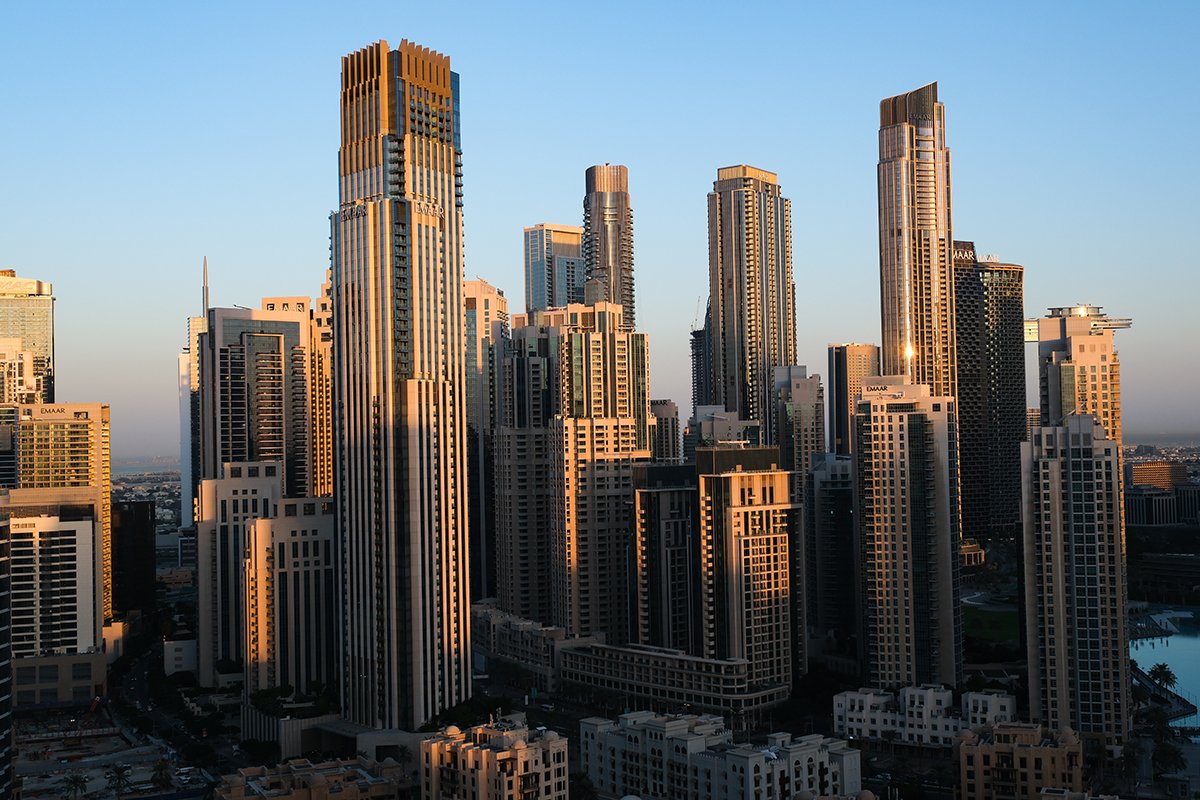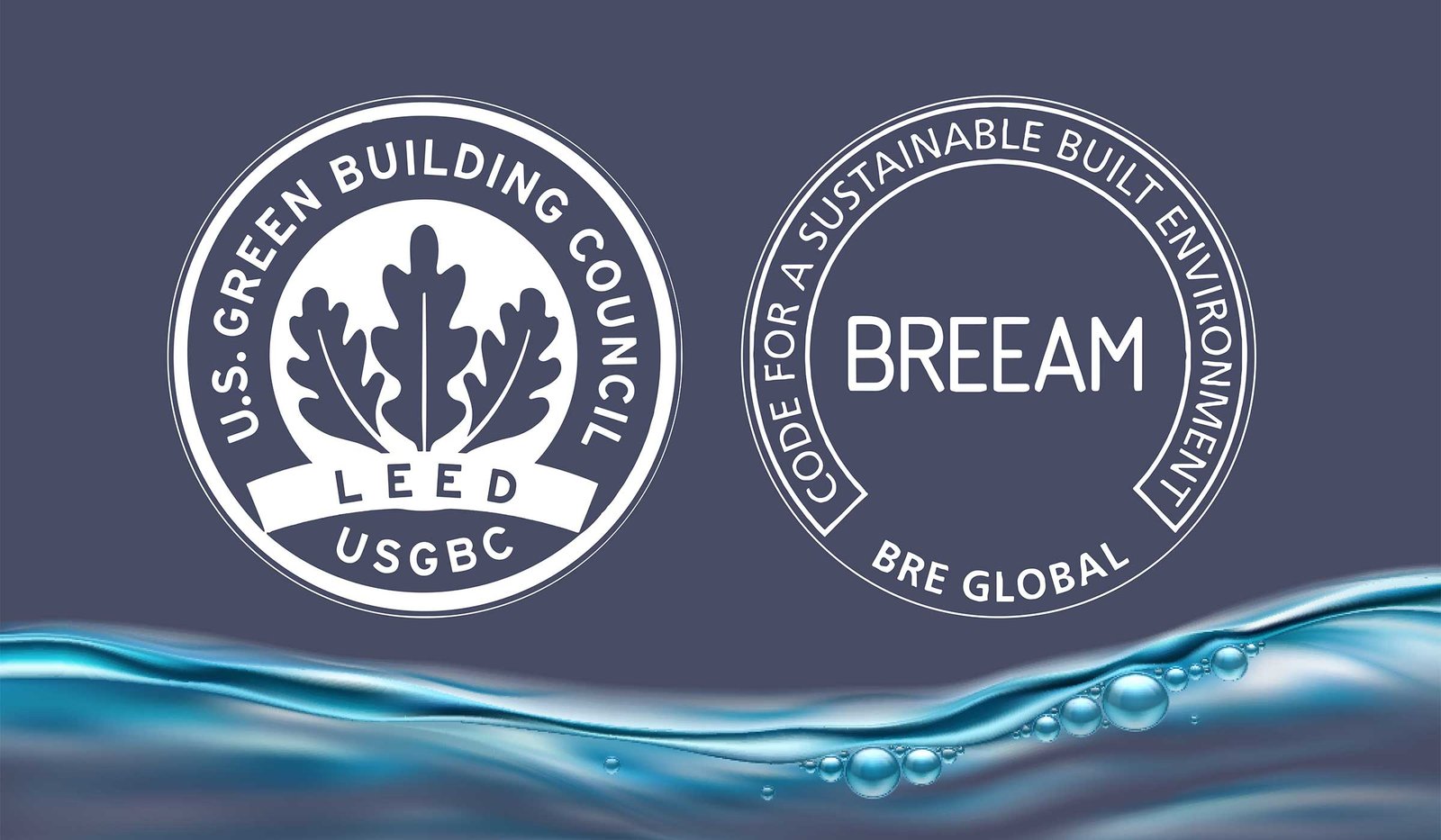Now Reading: Urban Farming in High-Rise Buildings: Reality or Concept?
-
01
Urban Farming in High-Rise Buildings: Reality or Concept?
Urban Farming in High-Rise Buildings: Reality or Concept?
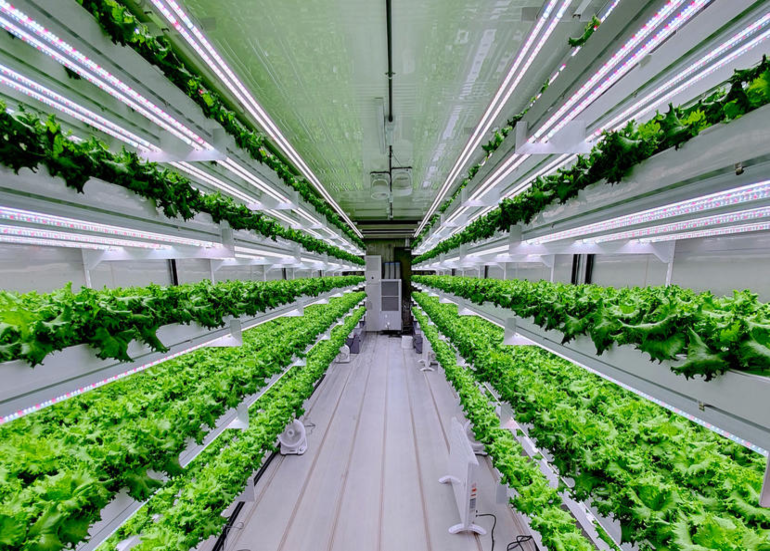
Urban farming in high-rise buildings is gaining attention as cities look for innovative solutions to feed growing populations while reducing the environmental impact of traditional agriculture. From futuristic vertical farms to integrated rooftop gardens, the idea of producing fresh food within skyscrapers has shifted from a bold concept to an emerging reality in sustainable real estate.
But how close are we to making it mainstream? And what challenges remain before urban farming becomes a standard feature in city living?
Why Urban Farming in High-Rise Buildings Matters
With rapid urbanization and shrinking farmland, traditional agriculture struggles to keep up with demand. Urban farming offers potential benefits such as:
- Food Security: Growing food closer to consumers reduces reliance on imports.
- Sustainability: Cuts transportation emissions and lowers the carbon footprint of food production.
- Efficient Land Use: Maximizes productivity in dense urban environments.
- Healthier Lifestyles: Provides access to fresher, pesticide-free produce.
- Community Engagement: Encourages residents to connect with nature in city environments.
Early Examples Around the World
The concept of farming inside buildings has already been tested globally:
- Singapore: Sky Greens operates a vertical farm inside a tower, supplying fresh vegetables to local markets.
- Tokyo, Japan: Pasona Urban Farm grows rice, vegetables, and fruits inside an office building.
- New York, USA: AeroFarms uses vertical farming technology in warehouses and has explored high-rise integration.
These projects demonstrate that urban farming is technically possible, but scaling it remains a challenge.
The UAE’s Role in Pioneering Urban Farming
The UAE, with its arid climate and limited arable land, has shown strong interest in sustainable farming methods:
- Dubai’s Vertical Farming Projects: Emirates Flight Catering launched one of the world’s largest vertical farms near Al Maktoum International Airport.
- Abu Dhabi Initiatives: Partnerships with agri-tech companies focus on hydroponics and vertical farming systems.
- Integration with Real Estate: Developers are exploring rooftop farms, greenhouses, and hydroponic systems within residential projects.
Though large-scale farming within skyscrapers is still rare, these initiatives hint at how real estate and agriculture could merge in the UAE’s future cities.
Technologies Powering High-Rise Farming
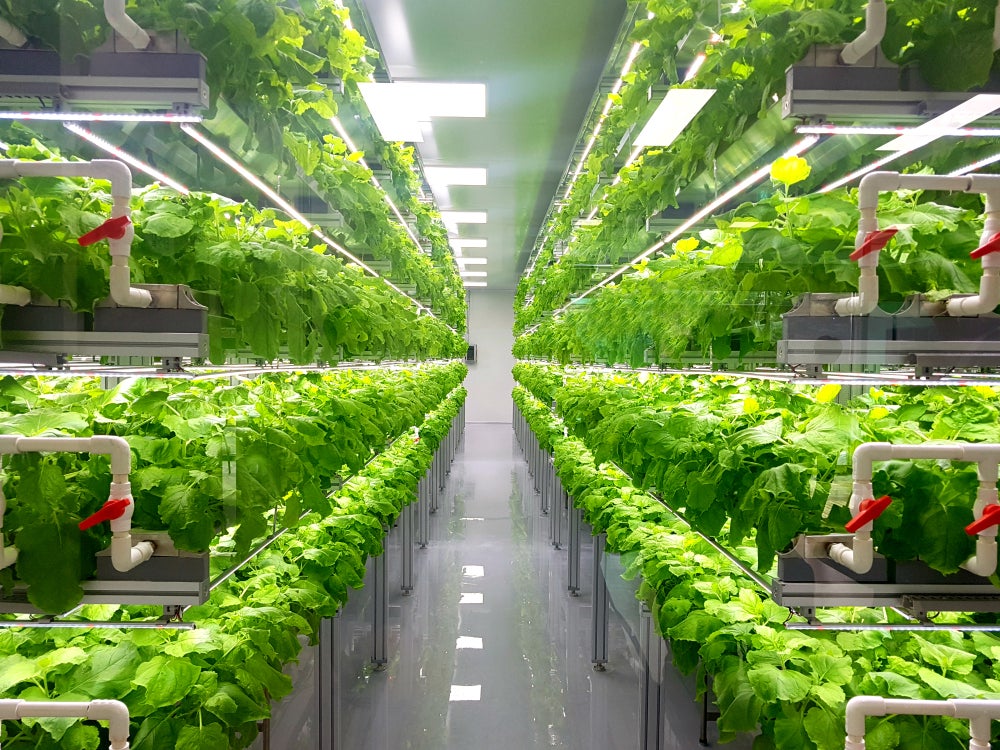
Several innovative technologies make urban farming inside skyscrapers feasible:
- Hydroponics: Growing plants without soil using nutrient-rich water solutions.
- Aeroponics: Spraying roots with mist for minimal water use and fast growth.
- LED Grow Lights: Mimicking natural sunlight to allow year-round production.
- Smart Sensors: Monitoring humidity, temperature, and nutrient levels in real time.
- Automated Systems: Robotics for planting, harvesting, and maintenance.
These methods maximize yields while conserving space, energy, and water.
Benefits for Real Estate Developers and Residents
Urban farming in high-rise buildings isn’t just about food—it enhances real estate value:
- Sustainability Appeal: Eco-conscious buyers are drawn to green projects.
- Lifestyle Enhancement: Access to farm-to-table produce within the community.
- Unique Selling Point: Differentiates properties in a competitive market.
- Wellness Factor: Green spaces reduce stress and improve air quality.
Challenges Holding Back Widespread Adoption
Despite its promise, urban farming in high-rise buildings faces obstacles:
- High Costs: Installation and maintenance of farming systems can be expensive.
- Energy Demands: Artificial lighting and climate control increase power usage.
- Regulatory Barriers: Building codes and zoning laws may limit integration.
- Scalability Issues: Producing enough food to meet significant demand remains difficult.
- Specialized Knowledge: Residents and facility managers require training to manage systems.
Is It a Reality or Still a Concept?
At present, urban farming in high-rise buildings is somewhere in between concept and reality. While pilot projects prove feasibility, large-scale integration into residential towers is still in its infancy. However, as technology becomes more efficient and costs decrease, the concept is steadily moving toward mainstream adoption.
The Road Ahead
Future urban farming developments will likely involve:
- Hybrid Towers: Buildings designed with dedicated farming floors.
- Community Rooftop Farms: Shared gardens in residential complexes.
- AI Integration: Smart farming systems adjusting conditions automatically.
- Policy Support: Governments incentivizing urban agriculture in real estate.
- Circular Systems: Waste-to-resource approaches where organic waste fuels plant growth.
Conclusion
The future of urban farming in high-rise buildings is promising, but not without challenges. With climate change, food security concerns, and rapid urbanization, cities like Dubai, Singapore, and Tokyo are leading the way in experimenting with farming within skyscrapers.
For now, it remains a blend of concept and reality-an exciting vision slowly coming to life. As technology advances and sustainability becomes a core part of urban design, urban farming may soon shift from novelty to necessity in real estate development.
Follow us on: Instagram
Read More:Mixed-Use Malls in Dubai: Blending Shopping and Living



